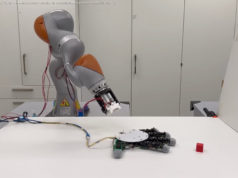How should IT leaders proceed with all these Ops promising smoother and more responsive service delivery? As with any promising technology overhaul, a rethinking of processes and culture is essential.
DevOps — which fosters greater collaboration and automation in software delivery — is only the beginning of a new phase of technology management. Now, we are seeing many spinoffs — DataOps, Machine Learning Operations (MLOps), ModelOps — and other Ops that seek to add speed, reliability, and collaboration to the delivery of software and data across enterprise channels. There is even a DataOps Manifesto, which bears a striking resemblance to the Agile Manifesto crafted back in 2001. However, none of this stuff is going to happen overnight. Or even within a few months. As with any promising technology overhaul, a rethinking of processes and culture is essential. Where does that leave IT managers and professionals? How should they proceed with all these Ops promising smoother and more responsive service delivery? « A key element of preparation is to ask the important questions about existing processes, both formal and informal, » says Alice McClure, director of artificial intelligence and analytics for SAS. « This helps identify where to focus first, what needs to be updated and where bottlenecks exist. » DataOps, for one, « provides an agile approach to data access, quality, preparation, and governance — the entire data lifecycle, from preparation to reporting, » says McClure. « It enables greater reliability, speed and collaboration in your efforts to operationalize data and analytic workflows. ModelOps is becoming a must-have methodology for implementing scalable predictive analytics. It’s all about getting analytics into production – iteratively moving models through the analytics life cycle quickly while ensuring quality and enabling ongoing monitoring and governance of models over time.
Home
United States
USA — software The 'Ops' concept takes hold in enterprise technology shops, but so do...






